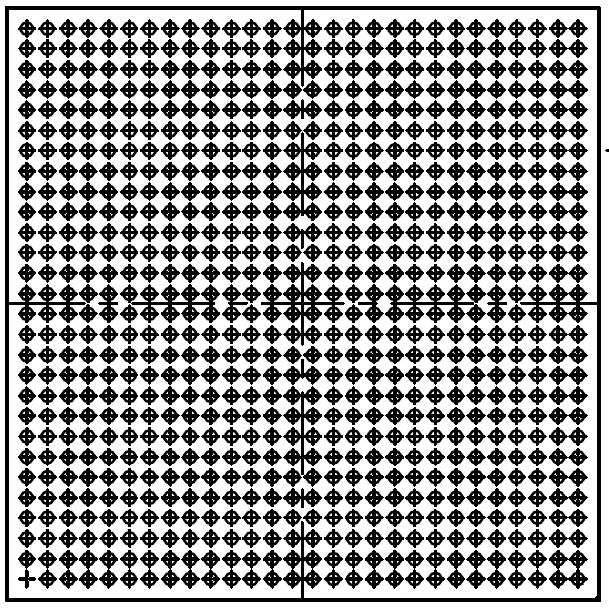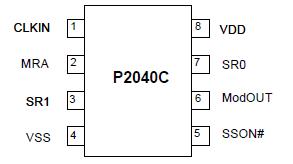P2040C: Features: ·FCC approved method of EMI attenuation.·Provides up to 15dB of EMI suppression·Generates a low EMI spread spectrum clock of the input frequency·50MHz to 170MHz input frequency range·Optim...
floor Price/Ceiling Price
- Part Number:
- P2040C
- Supply Ability:
- 5000
Price Break
- Qty
- 1~5000
- Unit Price
- Negotiable
- Processing time
- 15 Days
SeekIC Buyer Protection PLUS - newly updated for 2013!
- Escrow Protection.
- Guaranteed refunds.
- Secure payments.
- Learn more >>
Month Sales
268 Transactions
Payment Methods
All payment methods are secure and covered by SeekIC Buyer Protection PLUS.

 P2040C Data Sheet
P2040C Data Sheet








